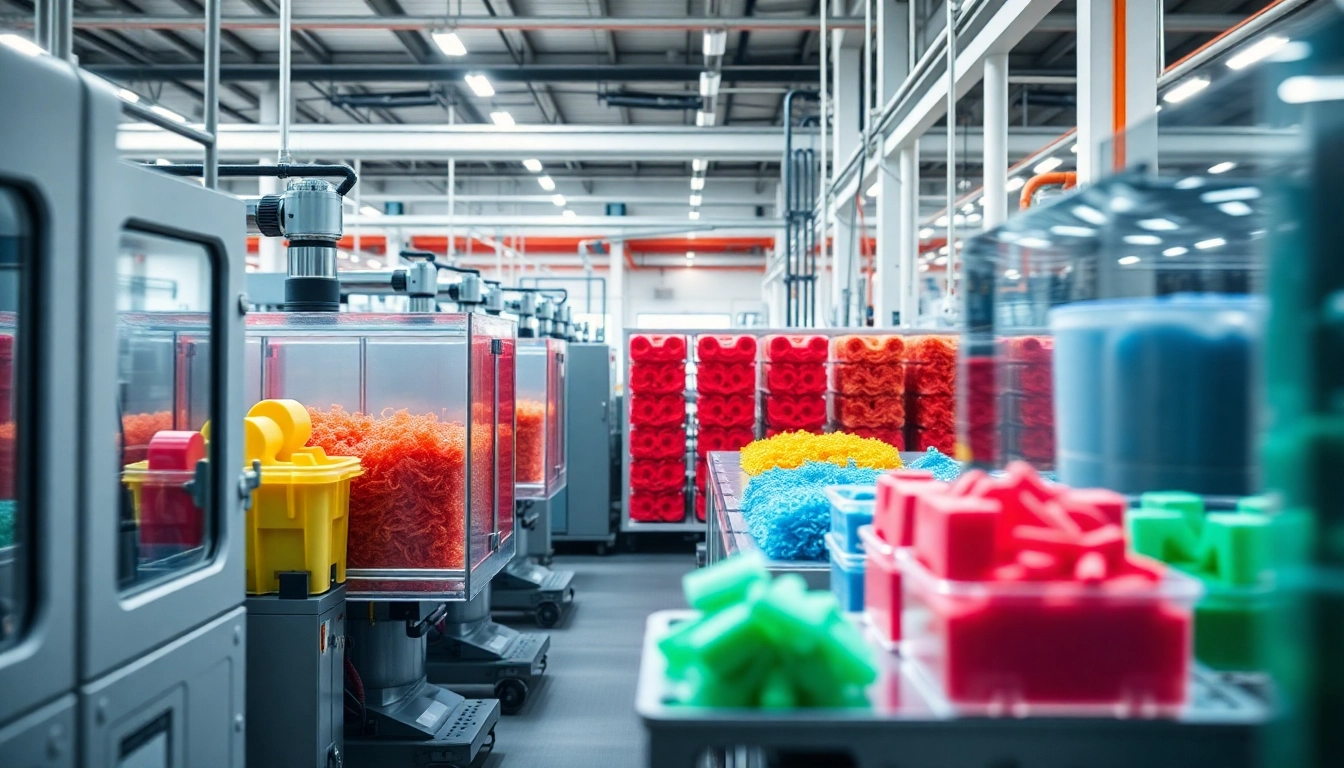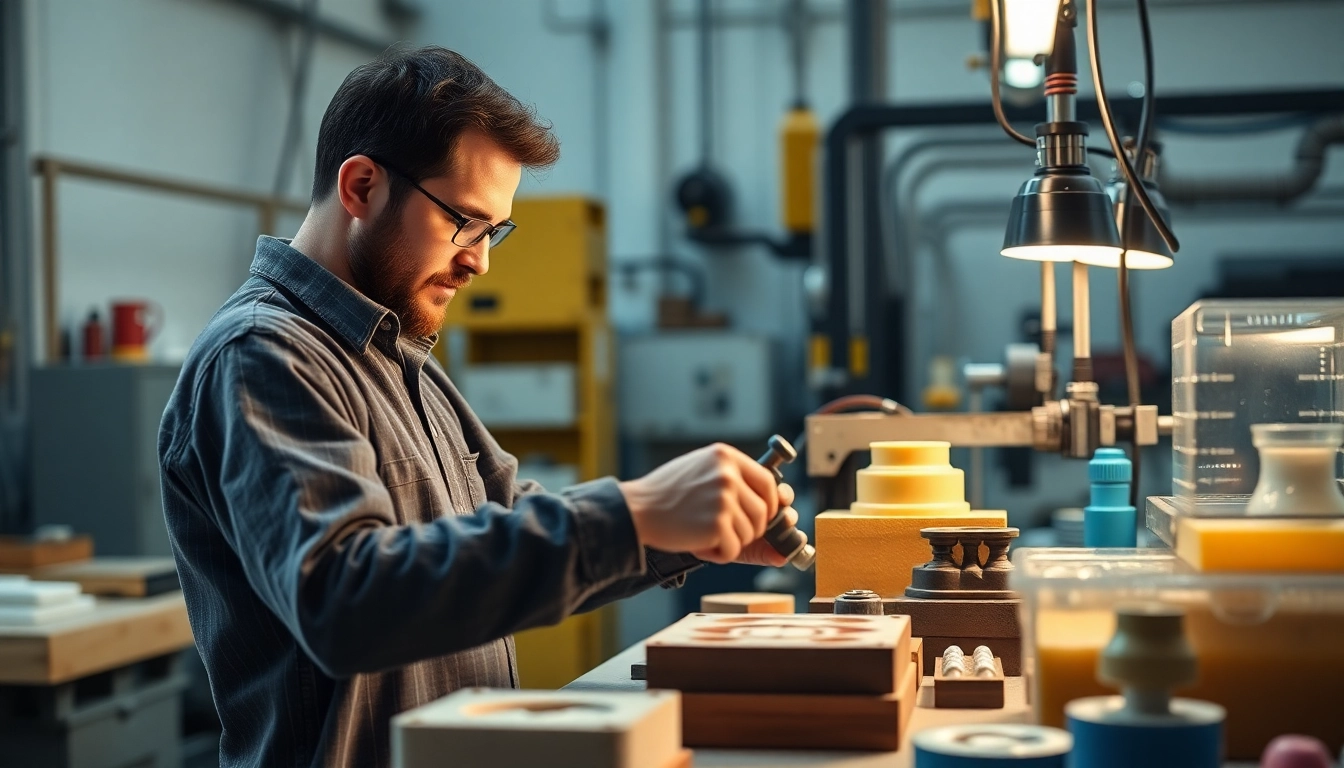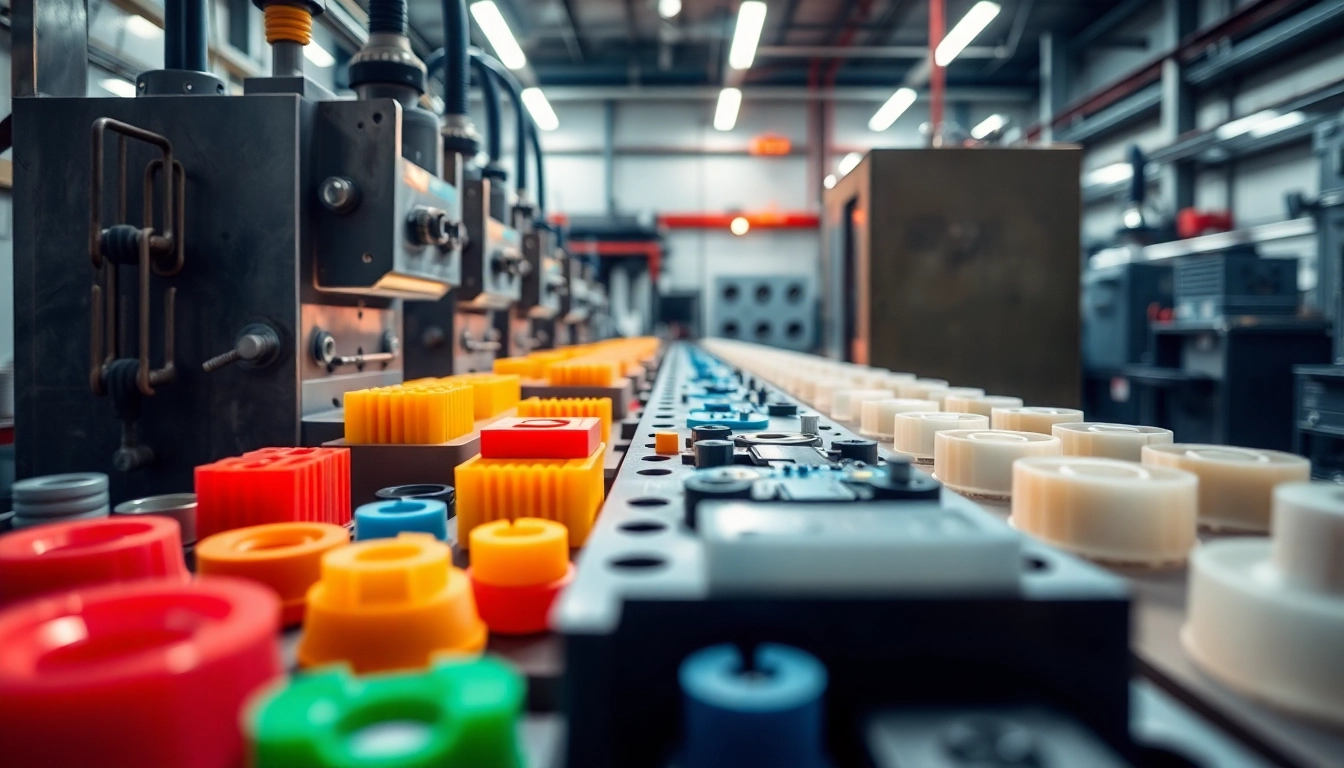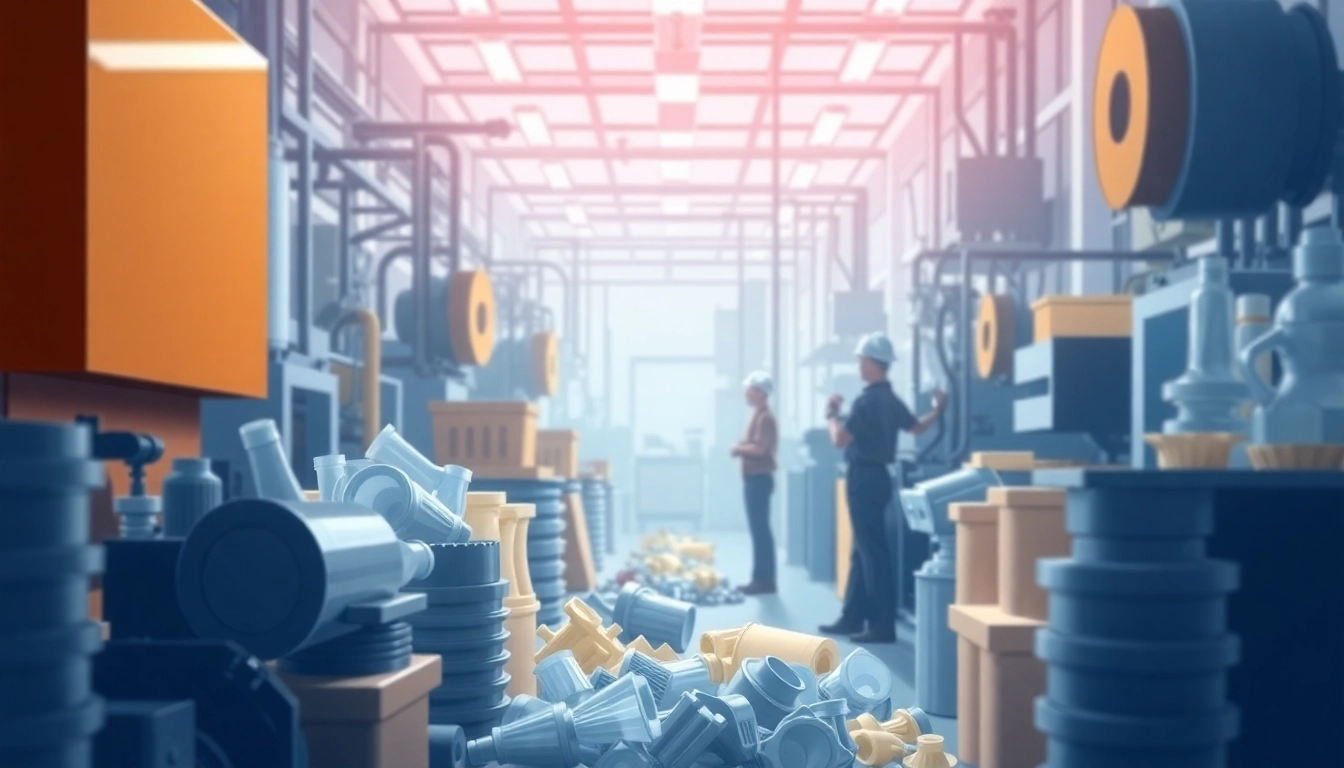What is Injection Molding?
Definition and Overview of Injection Molding
Injection molding is a widely used manufacturing process primarily for producing parts by injecting molten material into a mold. This technique is pivotal in industries requiring precision and a high volume of products. The primary materials used in injection molding include plastics, metals, and certain types of elastomers. This process not only allows for the creation of complex shapes and designs but also offers high repeatability and efficiency, making it ideal for mass production. For more detailed insights on injection molding, it’s worth exploring specialized resources.
Historical Development of Injection Molding Technology
The origins of injection molding trace back to the late 19th century when it was first developed to create billiard balls. Over the years, this technology has evolved considerably, driven by advancements in materials and machinery. The initial processes were labor-intensive and utilized simple mechanisms. However, with the introduction of automated machinery and computer-aided design (CAD) systems in the late 20th century, injection molding became faster, more accurate, and capable of producing a wider range of complex parts.
Common Materials Used in Injection Molding
Injection molding can be performed using various materials, the most common being:
- Plastics: Thermoplastics like polyethylene and polystyrene are extensively used due to their versatility, cost-effectiveness, and recyclability.
- Metals: Some injection molding techniques allow for metal parts to be produced, such as in the case of die casting for aluminum.
- Elastomers: Used for products requiring elasticity, such as seals and gaskets.
The Injection Molding Process Explained
Stages of the Injection Molding Cycle
The injection molding process comprises several distinct stages:
- Clamping: The two halves of the mold are brought together and held under pressure.
- Injection: Molten material is injected into the mold cavity at high pressure.
- Cooling: The material cools and solidifies, taking on the shape of the mold.
- Ejection: Once cooled, the mold opens and ejects the solidified part.
Injection Molding Equipment and Machinery
The machinery used in injection molding consists mainly of two parts: the injection unit and the clamping unit. The injection unit melts and injects the plastic into the mold, while the clamping unit holds the mold closed during injection. Key types of machinery include:
- Standard injection molding machines: Suitable for a wide range of standard products.
- Vertical injection molding machines: Allow for the insertion of inserts during the injection process.
- Multi-material injection molding machines: Enable the injection of two or more materials to create multi-colored or multi-functional parts.
Best Practices for Setting Up Injection Molding
To optimize the injection molding process, implementing best practices is crucial:
- Machine calibration: Ensure that machinery is calibrated for the specific materials and parts being produced.
- Mold maintenance: Routine checks and cleaning of molds can significantly enhance product quality.
- Temperature control: Monitoring and adjusting temperatures during the injection and cooling phases helps to avoid defects.
Applications of Injection Molding in Various Industries
Consumer Products Made by Injection Molding
Numerous consumer products are manufactured using injection molding, including:
- Beverage containers
- Electronics casings
- Automotive components
- Household items like kitchen utensils and storage bins.
Automotive Industry: Utilization of Injection Molding
The automotive industry heavily relies on injection molding for the production of complex parts such as:
- Bumpers
- Dashboard components
- Interior trim pieces
- Exterior lighting assemblies.
This manufacturing technique allows automakers to produce lightweight, durable parts that meet stringent safety and design specifications.
Medical Devices and Injection Molding Techniques
In the medical sector, injection molding plays a vital role in producing both disposable and reusable products. Common applications include:
- Injection syringes
- Catheters
- Medical instruments and devices that require precision.
Injection molding in medical device production requires strict adherence to regulatory standards to ensure safety and reliability.
Common Challenges and Solutions in Injection Molding
Identifying Injection Molding Defects
Several defects can occur during the injection molding process, including:
- Short shots: Occur when not enough material is injected into the mold.
- Flash: Excess material that seeps out from between mold halves.
- Warping: Can happen due to uneven cooling rates.
Mitigating Issues in the Injection Molding Process
To mitigate defects, consider the following solutions:
- Optimize mold design for better flow of material.
- Employ temperature control systems to ensure consistent cooling.
- Regularly conduct quality checks throughout the production cycle.
Advanced Solutions for Enhanced Injection Molding
Innovations in technology are continually enhancing injection molding, including:
- Computer-Aided Engineering (CAE): For better mold design and simulation.
- Real-time monitoring systems: To swiftly identify and address production issues.
- 3D printing pre-production molds: Allowing for more rapid prototyping.
The Future of Injection Molding Technology
Trends and Innovations in Injection Molding
Several trends are shaping the future of injection molding including:
- Increased use of biodegradable materials in response to environmental concerns.
- Adoption of smart manufacturing practices, including IoT integration for better data collection and analysis.
- Continued advancements in multi-material injection molding techniques.
Sustainability Practices in Injection Molding
The injection molding industry is increasingly focusing on sustainability by:
- Reducing material waste through careful design and efficient processes.
- Utilizing recycled materials in production.
- Implementing energy-efficient machinery.
Impact of Automation on Injection Molding
Automation continues to revolutionize the injection molding industry by:
- Enhancing production speed and consistency.
- Reducing reliance on labor and minimizing human error.
- Integrating advanced robotics for complex part handling and assembly.



